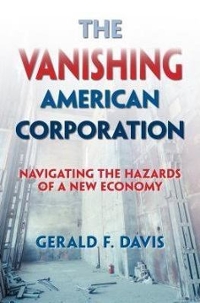Question
Two plants are emitting a uniformly mixed pollutant called gunk into the beautiful sky over TouristTown. The city government decides that it can tolerate total
Two plants are emitting a uniformly mixed pollutant called gunk into the beautiful sky over TouristTown. The city government decides that it can tolerate total emissions of no more than 100 kgs of gunk per day. Plant G has marginal reduction costs of 804x, and is currently polluting at a level of 20, while plant K has marginal reduction costs of 100y, and currently pollutes at a level of 100. (x and y are the level of emissions at each plant). 1. What is the costeffective pollution level for each plant if total pollution must equal 100? Suppose the city government knows marginal reduction costs at the two plants. In this case could the city obtain costeffective pollution reduction using a CAC approach? If so, how? 2. In reality, why might the city have a hard time getting this information? What are the two "IncentiveBased" policies that could be used to get a costeffective reduction of pollution to 100 units, without knowing the MC of the two firms? Be specific. Discuss two advantages each method has over the other. 3. Suppose the authorities are considering a tradeable emission permit system in which they give half the permits to each firm, or a tax system. If both systems work perfectly, how much will the firms have to pay, in total, for pollution reduction under the two schemes? Could this explain why TouristTown would be more likely to adopt a permit give-away system?
Step by Step Solution
There are 3 Steps involved in it
Step: 1

Get Instant Access to Expert-Tailored Solutions
See step-by-step solutions with expert insights and AI powered tools for academic success
Step: 2

Step: 3

Ace Your Homework with AI
Get the answers you need in no time with our AI-driven, step-by-step assistance
Get Started


